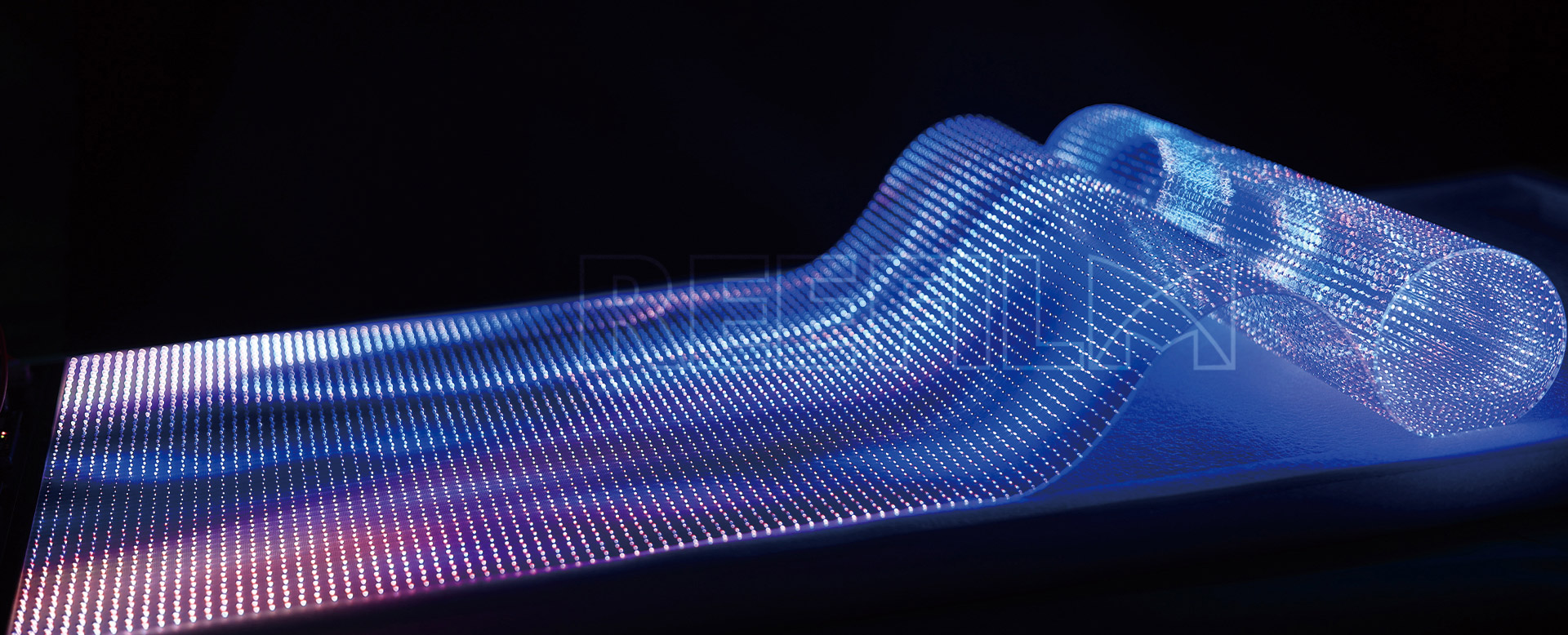An LED screen, also known as an LED display or LED panel, is a flat panel display that uses light-emitting diodes (LEDs) to create images or videos. LED screens offer high brightness, vibrant colors, and superior image quality. They are commonly used for advertising, digital signage, information displays, event backdrops, and many other applications. LED screens are versatile, customizable, and energy-efficient, making them a popular choice for businesses, organizations, and entertainment venues.Here are some reasons why LED screens are highly appreciated and widely adopted:
1. Superior image quality: LED screens are known for their exceptional image quality. They produce vibrant colors, high contrast ratios, and deep blacks, resulting in a visually stunning display. This makes LED screens ideal for a wide range of applications, including advertising, digital signage, sports arenas, concerts, and gaming.
2. High brightness and visibility: LED screens are designed to be extremely bright, allowing them to deliver excellent visibility even in direct sunlight or brightly lit environments. This makes them perfect for outdoor advertising displays, billboards, and other applications where high visibility is crucial.
3. Energy efficiency: LED screens are highly energy-efficient compared to traditional display technologies. They consume less power, resulting in lower energy costs and reduced environmental impact. This makes them an attractive choice for businesses and orga





